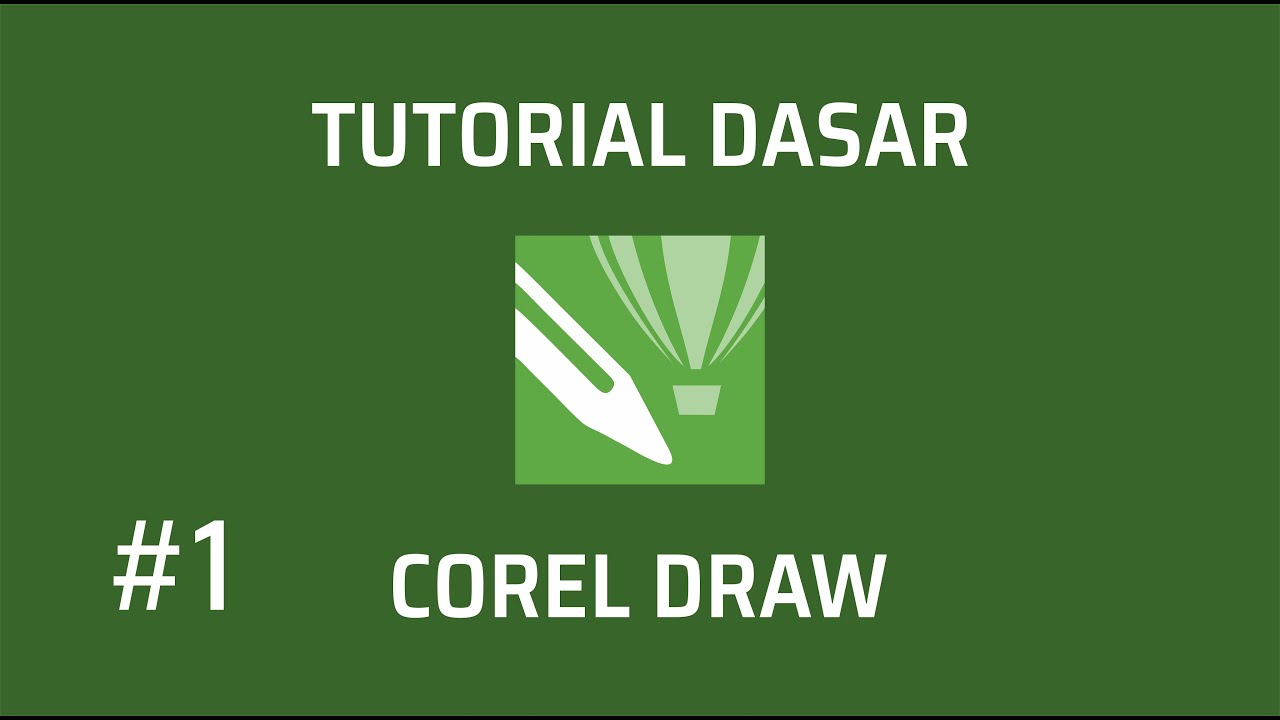Pengenalan Konsep Dasar Desain Grafis
Summary
TLDRThis video offers an introduction to graphic design, covering essential concepts and skills required for beginners. It discusses the importance of graphic design, including its role in visual communication through images, text, and graphics. Key topics include typography, illustration, photography, image manipulation, and layout design. The video also emphasizes the importance of understanding design principles like balance, focus, contrast, and unity. Additionally, it explains the use of various design tools, applications, and color models, as well as tips for choosing fonts, colors, and creating effective layouts to communicate messages visually.
Takeaways
- 😀 Design graphics is a combination of text, images, numbers, graphs, and photos that communicate ideas visually.
- 😀 Graphic design involves using images to convey messages clearly and effectively, with text also considered a form of image.
- 😀 Key components of graphic design include typography, illustration, photography, image manipulation, and layout design.
- 😀 Typography is the art of selecting appropriate fonts and sizes to enhance visual communication and readability.
- 😀 Illustrations in design should align with the message being communicated, such as using images of healthy hair for a shampoo ad.
- 😀 Photography in design requires the use of high-quality, copyright-free images, often sourced from the internet.
- 😀 Image editing tools can enhance or modify images to make them clearer, brighter, or fit the intended size.
- 😀 Layout design is crucial for directing the viewer's attention to the most important parts of the design in a clear, logical sequence.
- 😀 The four fundamental principles of graphic design are balance, focus, contrast, and unity, which guide the composition of a design.
- 😀 The choice of colors is important for creating contrast, and designers should understand different color models such as RGB (for screens) and CMYK (for print).
Q & A
What is graphic design, and what does it encompass?
-Graphic design is the combination of text, images, numbers, graphs, photos, and illustrations to communicate messages in a visually appealing and effective way. It involves combining various elements to create something unique and memorable, and it can also include subversive or surprising designs.
Why is the term 'graphic' used instead of 'visual' in graphic design?
-The term 'graphic' is used because it refers to something tangible or a concrete object that can be realized in a visual form. 'Rupa' (or visual) isn't a noun, while 'graphic' can define something that is designed and materialized visually.
What are the five key skills involved in graphic design?
-The five key skills in graphic design are typography, illustration, photography, image manipulation, and layout design.
What is typography in graphic design?
-Typography refers to the art of arranging type in a visually appealing way. It involves selecting appropriate fonts, sizes, and spacing to ensure readability and effectiveness in conveying the message.
How does illustration contribute to graphic design?
-Illustration in graphic design visually represents concepts, products, or ideas. For example, in an advertisement for shampoo, the illustration might include a woman with beautiful hair to attract attention and communicate the product’s benefits.
What role does photography play in graphic design?
-Photography is crucial in graphic design as it helps convey messages visually. Photographs can be used directly or manipulated for a clearer message, enhancing the overall design and impact of the project.
Why is the layout important in graphic design?
-Layout refers to how elements are arranged on a page. A good layout ensures that the design is well-organized, making the message clear, readable, and visually engaging, guiding the viewer’s attention effectively.
What are the four main principles of graphic design?
-The four main principles of graphic design are balance, focus, contrast, and unity. These principles help designers create harmonious and impactful designs by considering how elements are arranged and how they interact with each other.
How do balance and focus contribute to a graphic design?
-Balance ensures that no part of the design feels too heavy or too light, and it can be achieved by adjusting sizes and distribution of elements. Focus refers to highlighting key areas of the design, such as the main image or text, which helps guide the viewer’s attention to the most important information.
What are the key differences between RGB and CMYK color modes?
-RGB (Red, Green, Blue) is used for designs displayed on screens like monitors and social media, as it involves light-based color mixing. CMYK (Cyan, Magenta, Yellow, Black) is used for printed materials, as it represents the color mixing process of inks in printing. RGB is for digital designs, while CMYK is used for physical prints.
Outlines

This section is available to paid users only. Please upgrade to access this part.
Upgrade NowMindmap

This section is available to paid users only. Please upgrade to access this part.
Upgrade NowKeywords

This section is available to paid users only. Please upgrade to access this part.
Upgrade NowHighlights

This section is available to paid users only. Please upgrade to access this part.
Upgrade NowTranscripts

This section is available to paid users only. Please upgrade to access this part.
Upgrade NowBrowse More Related Video

Tutorial CorelDRAW | Belajar 12 Tools Dasar CorelDRAW Untuk Pemula (30 Menit Langsung Jago Abis)

How to become a Graphic Designer?

BELAJAR DESAIN GRAFIS • JENIS-JENIS DESAIN GRAFIS BERDASARKAN PEKERJAANNYA

The Beginner's Guide to Excel - Excel Basics Tutorial

belajar coreldraw x7 bahasa indonesia - tutorial dasar coreldraw x7 #Part 1

Computer Literacy for beginners
5.0 / 5 (0 votes)